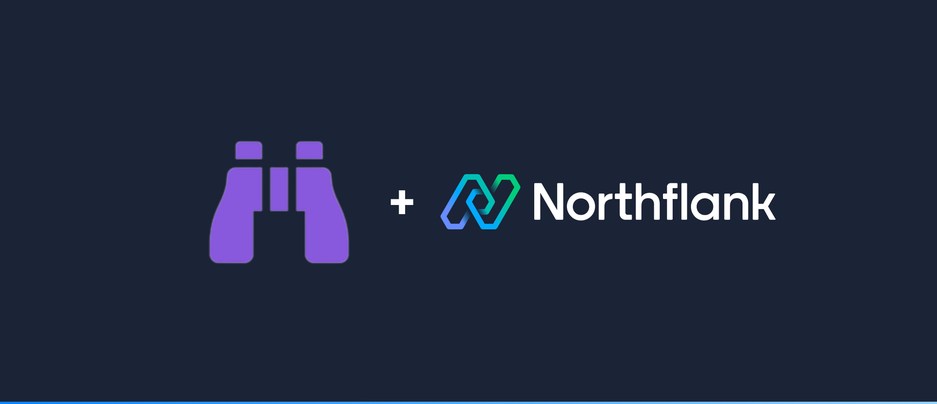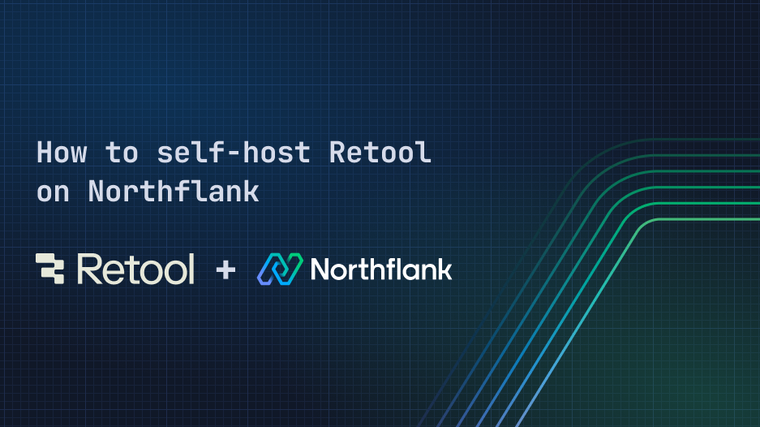

Shynet is a free open-source, modern, privacy-friendly, and cookie-free web analytics framework. This guide will show you how to deploy Shynet on Northflank using their public Docker image and a Postgres database to store data across restarts.
-
Create a new Postgres addon.
-
Choose the storage size according to your needs, it can be increased later if your storage needs change.

-
-
Create a new secret group and link the following variables from the Postgres addon created in the previous step and assign them the respective aliases.
Variable name Alias HOSTDB_HOSTPORTDB_PORTUSERNAMEDB_USERPASSWORDDB_PASSWORDDATABASEDB_NAME
-
Create a new deployment service and under deployment, select external image with the path
milesmcc/shynet:latest.-
Port 8080 will automatically be detected from the image manifest and will be exposed with the HTTP protocol.

-
-
Wait for the Shynet instance to start up and open the web interface by clicking on the link in the top right corner of your service.
-
It will take approximately a minute for the Shynet instance to start up.

-
-
On the web interface you will be prompted to sign in, however, first you must create an admin user.
-
Inside your service navigate to the “Containers” menu item.
-
Open the shell access for the active container, in the shell run
./manage.py registeradmin <your email>. -
Login using the randomly generated password logged in the shell. Once you have logged in, you will be able to start creating new services to track the analytics of.


-
If you encounter any issues while following this guide we're happy to assist you with your Shynet deployment at support@northflank.com. At Northflank we also have dedicated support plans for business customers.
Northflank allows you to deploy your code and databases within minutes. Sign up for a Northflank account and create a free project to get started.
- Connect with your preferred VCS: GitHub, GitLab or Bitbucket
- Deployment of Docker containers
- Scale vertically and horizontally with multiple replicas per service
- Observe & monitor with real-time metrics & logs
- Low latency and high performance
- Multiple read and write replicas


